Analogue X Digital
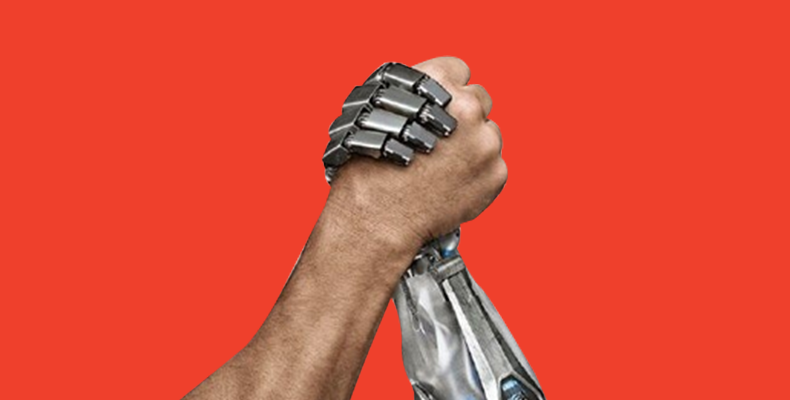
Regardless were technology will take us, high quality dentistry will still rely on the HUMAN TOUCH: technical skills, clinical experience, common sense and knowledge on Diagnostic, Treatment Planning and Occlusion.
Analogue Learning, Digitally Producing
Practicing handmade procedures as wax-ups in Dentistry is never, for sure, a waste of time. The analogue experience will definitely improve hand skills and the thinking process. That's why I always say that the best learning process is analogue so we can then take advantage of digital. It's like the process of designing a car. Still today handmade drawings and clay modeling are used, even though companies are slowly moving into digital 2D drawings and printed models. But still, the learning process to become a good designer and thinker is based on analogue exercises. Digital Technology will take over the production line but will not take over the learning process of becoming creative and exercising 3D visualization, at least not in this generation. Maybe in the future even the learning process and visualization will be acquired through digital processes.
Anyway the evolution is unstoppable and we should all be ready to accept it and embrace it instead of fighting it.
That's why we start teaching hand drawings before going to digital design, we start practicing handmade wax-ups and wax rims before designing with CAD/CAM. Labs will become industries that will produce high end products fully digital, but the managers of these industries will be people with skills that were acquired through training and experience using handmade processes.
The vision, the thinking process, the decision making process are the key factors that are acquired by people throughout their whole education, starting when they were little. Schools should stop using computers (we have the whole life to use computers, we don't need to learn it when we are 7 years old!) and focus on activating these important skills in kids through the best methods, that are usually "old school", natural, organic and analogue experiences. Touching, feeling, interacting, experiencing the real world!
The process of becoming a good artist or smile designer starts when we are little! We should criticize the excess of digital at the right phase, when kids are developing their mental skills, body coordination and imagination, not when we are productive adults.
Yes, handmade procedures will disappear in dentistry because we will do better through technology. Period. In the future, even visual skills, hand skills and artistic skills will be improved through digital training. There is no way back. I agree that we see lots of dental professionals with no clue about how teeth should look like, but this is not digital's or evolution's fault, for it has been the same way in the past. Conclusion. W e have to understand that there are 2 completely different processes, LEARNING and PRODUCING. These topics are usually mistaken. They are different and deserve different solutions. The best way to learn things is different than the best way to produce things.
Usually the best way to produce things is using technological methods, developed by creative people whose brains and skills were developed throughout analogue methods since they were kids.
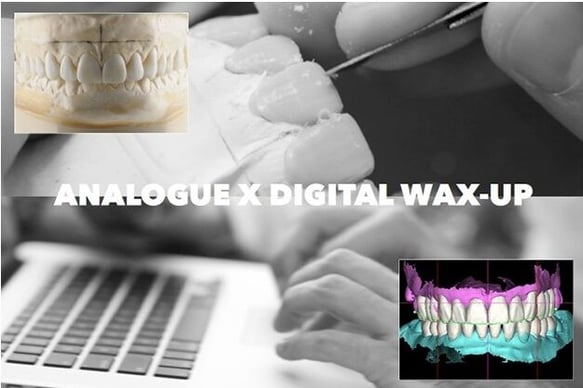
We believe that digital wax-ups should take over analogue ones because there are several advantages of doing it digitally.
Advantages :
- Completely facially driven.
- Exact copy of the 2D Smile Frame approved by the dentist.
- Much less training to perform it. To become a good analogue waxer you need several years of experience, to become good digital designer you need less than 1 year.
- Natural algorithms. Digital wax-ups can use libraries of natural shapes while conventional wax-ups rely on handmade shapes.
- It can be saved and used to plan the rest of the case in all interdisciplinary software (ortho, orthognathic, implants and restorative CAD/CAM).
- Digital wax-ups, mock-ups, provisionals and final CAD/CAM restorations can be identical.
- One can make several versions with different designs and purposes very fast.
- It can be saved forever without occupying space or deteriorating.
Analogue X Digital Bite Registration
ANALOGUE
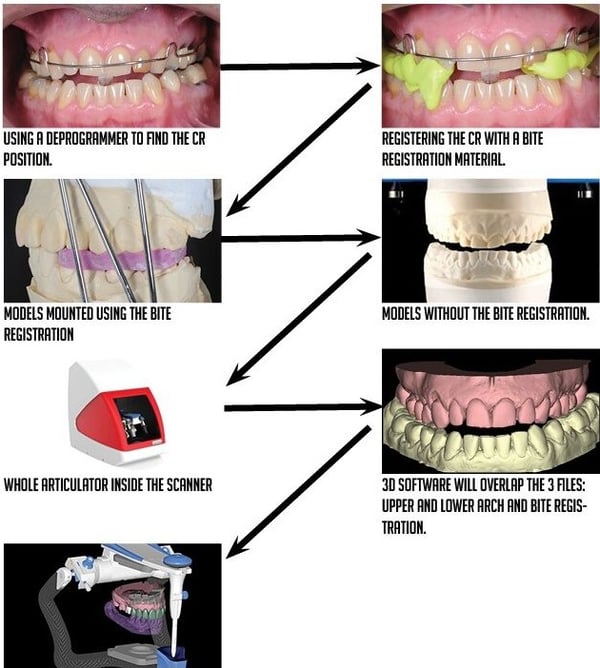
Models mounted on the virtual articulator with the new CR ready for the functional-esthetic digital design.
DIGITAL
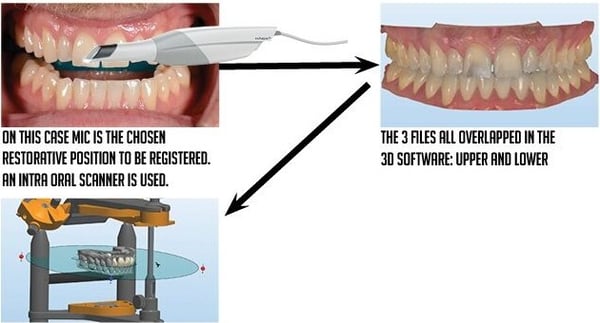
Models mounted on the virtual articulator with the new CR ready for the functional-esthetic digital design.
We know the intraoral scanners and digital impressions are here to stay. Precision is getting better and better, processes are decreasing and getting easier.
There are many advantages of using intraoral scanners nowadays. For me, one of the main advantages of using intraoral scanners is to register the bite, regardless if the working model will be coming from an intraoral scan or bench scanner from regular models. Scanning the bite directly intraorally removes many analogue steps that can generate distortion.
Analogue procedures that can generate distortion on the bite registration procedure:
- The bite registration material itself can bring distortion
- Regular impression material can generate distortion on the models
- Pouring the models with stone
- Fitting the bite registration material to the models
- Connecting the models to the articulator with plaster
Another great benefit of bite registration with intraoral scanners is to transfer the position achieved with bite splints or provisionals. When the patient achieves a comfortable position with these devices, the dentist just needs to scan intraorally the patient biting against this device and the software will overlap them to this desired position, avoiding complicated analogue procedures of multiple models, bite registrations, cross mounting, etc...
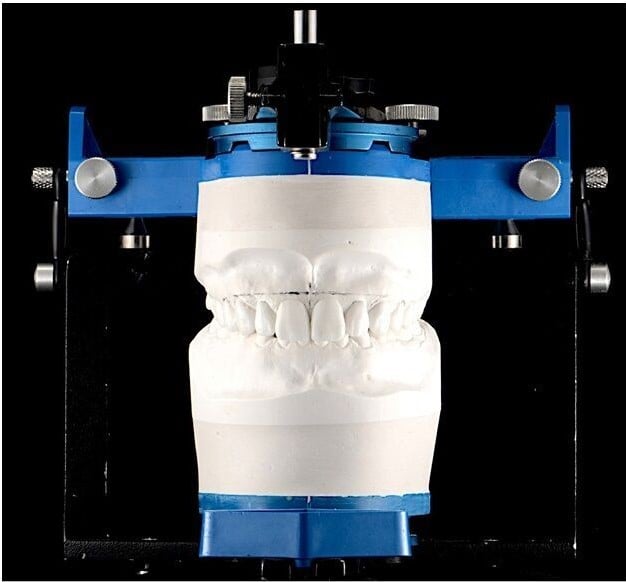
The Full Mouth Facially Driven Esthetic-Functional Wax-Up Sequence
ANTERIOR SECCTION
- buccal upper centrals (Esthetic Guide Lines)
- buccal upper anterior (Esthetic Guide Lines)
- incisal lower anterior (Esthetic Guide Lines)
- palatal upper anterior (Occlusal Movements)
- buccal/incisal lower anterior (Occlusal Movements)
POSTERIOR SECCTION
- buccal lower posterior - Spee
- lingual lower posterior - Monson
- buccal upper posterior - Buccal Corridor
- lingual upper posterior - DVO
THE ANALOGUE WAX-UP
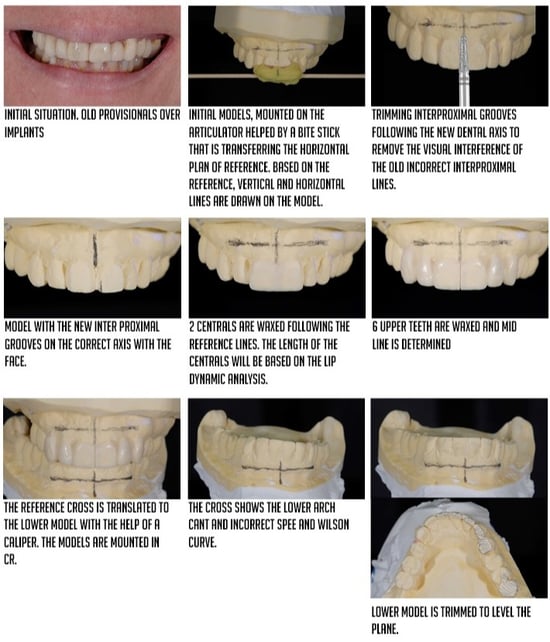
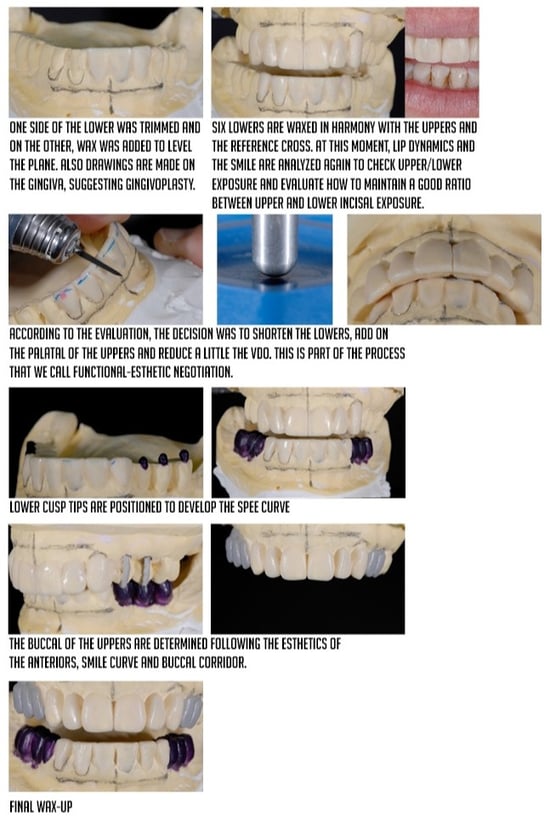
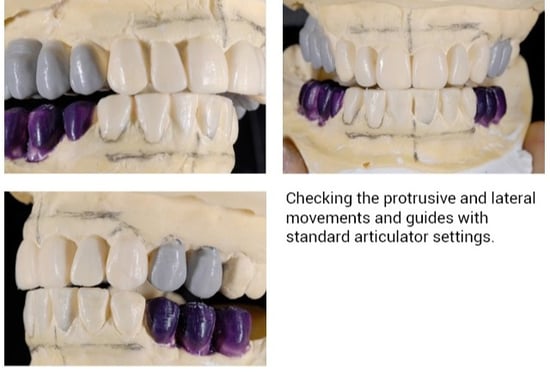
Basic Occlusal principles:
- bilateral simultaneous contacts with axial loads
- anterior guidances with proper angle of disclusion
- no posterior interferences (mutual protection)
- proper plane of occlusion (Spee and Wilson Curves)
The idea is to achieve these principles, keeping the initial facially integrated upper design. Minor changes on the VDO can be done to adjust the integration between esthetics and function.
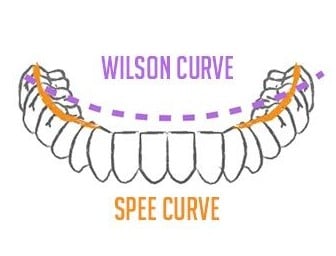

Clinical procedures by Dr. Eric Van Dooren, Antwerp Belgium, 2009 Lab work by Christian Coachman
THE ANALOGUE WAX-UP
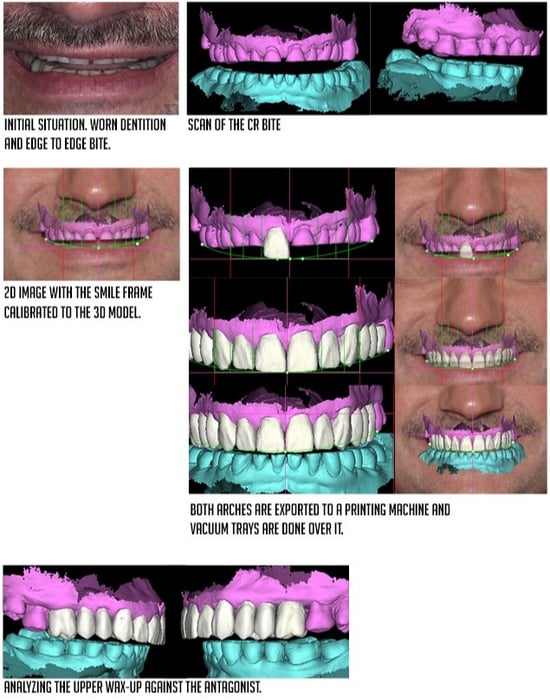
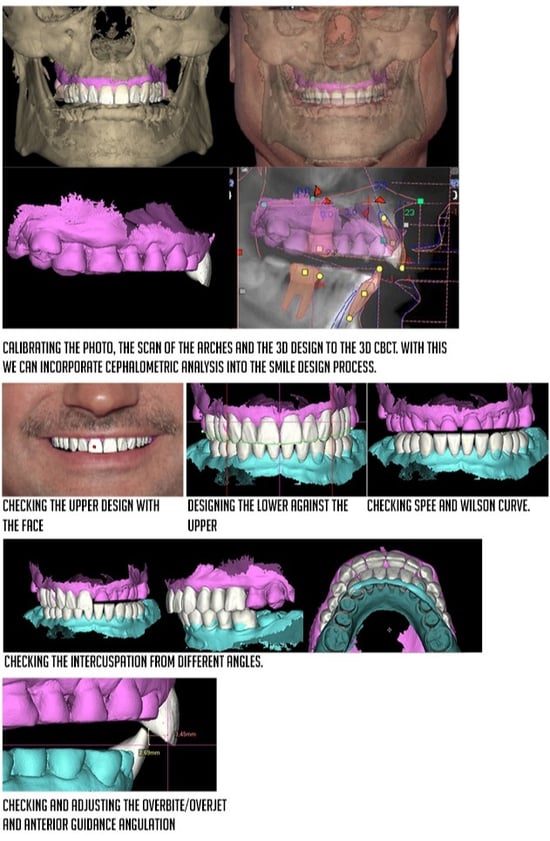
Interesting Strategies Related to Scanners and Images Overlapping
Many strategies can be created when having an intraoral scanner. Besides saving with impressions, reducing distortion with models and bite registrations, also increasing precision when transferring a new bite position achieved with bite splints and jigs to the restorative design.
The suggestion is to always scan the patient in every follow-up or hygiene consultation. Having this information can be very useful. By overlapping and comparing the 3D models the dentist can evaluate the changes on tooth and gingival structures. One can evaluate the amount of erosion/ abrasion and soft tissue recession. Not only the 3D files can help diagnose problems, evaluate the evolution, but also work as an important visual educational tool for the patient.
Scanning the patient can also be a way to preserve their natural information and be used to rehabilitate them if something happens to their dentition. By scanning the beautiful dentition of patients one can also start creating their own library of natural shapes.
Scanning the patient at important moments of the treatment is also recommended to perform the quality control procedures. Scanning the patient after crown lengthening or ortho treatment allows us to overlap this model to the initial digital plan and evaluate the precision of the procedure and discuss solutions for possible compromised situations.
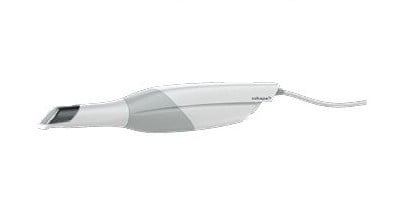
THE MODERN DIGITAL TECHNICIAN WILL BECOME EXPERT ON 3 THINGS:
- Import, export, and overlap files
- Connecting different scanners with different software and different milling and printing machines
- Relating the design of all devices and restorations to the approved initial project

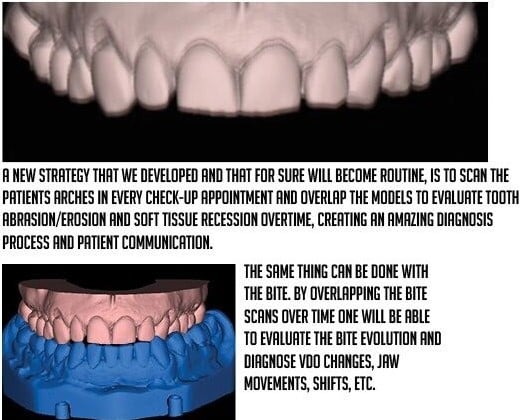
Cosmetic Dentistry, 2016 / 17


